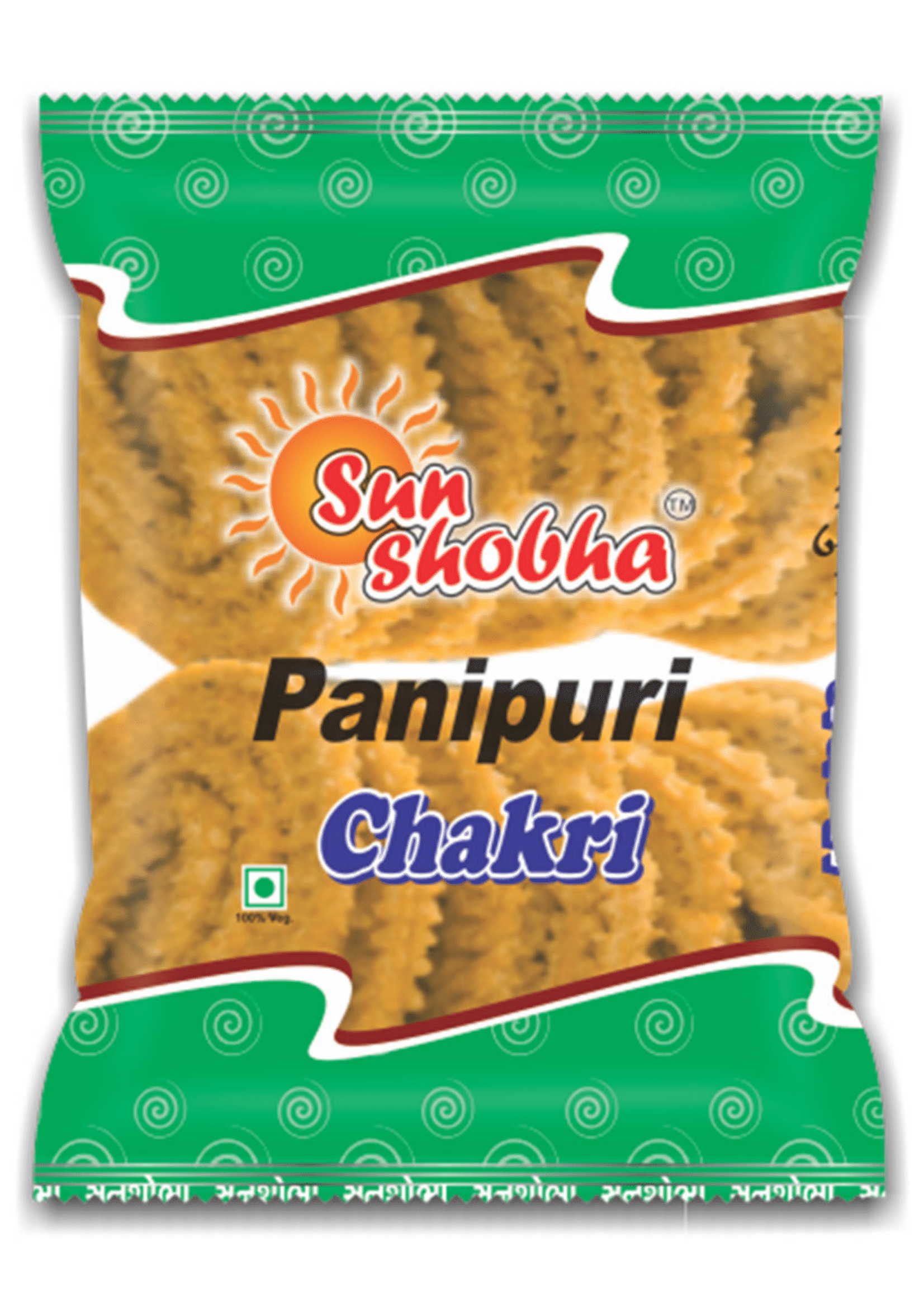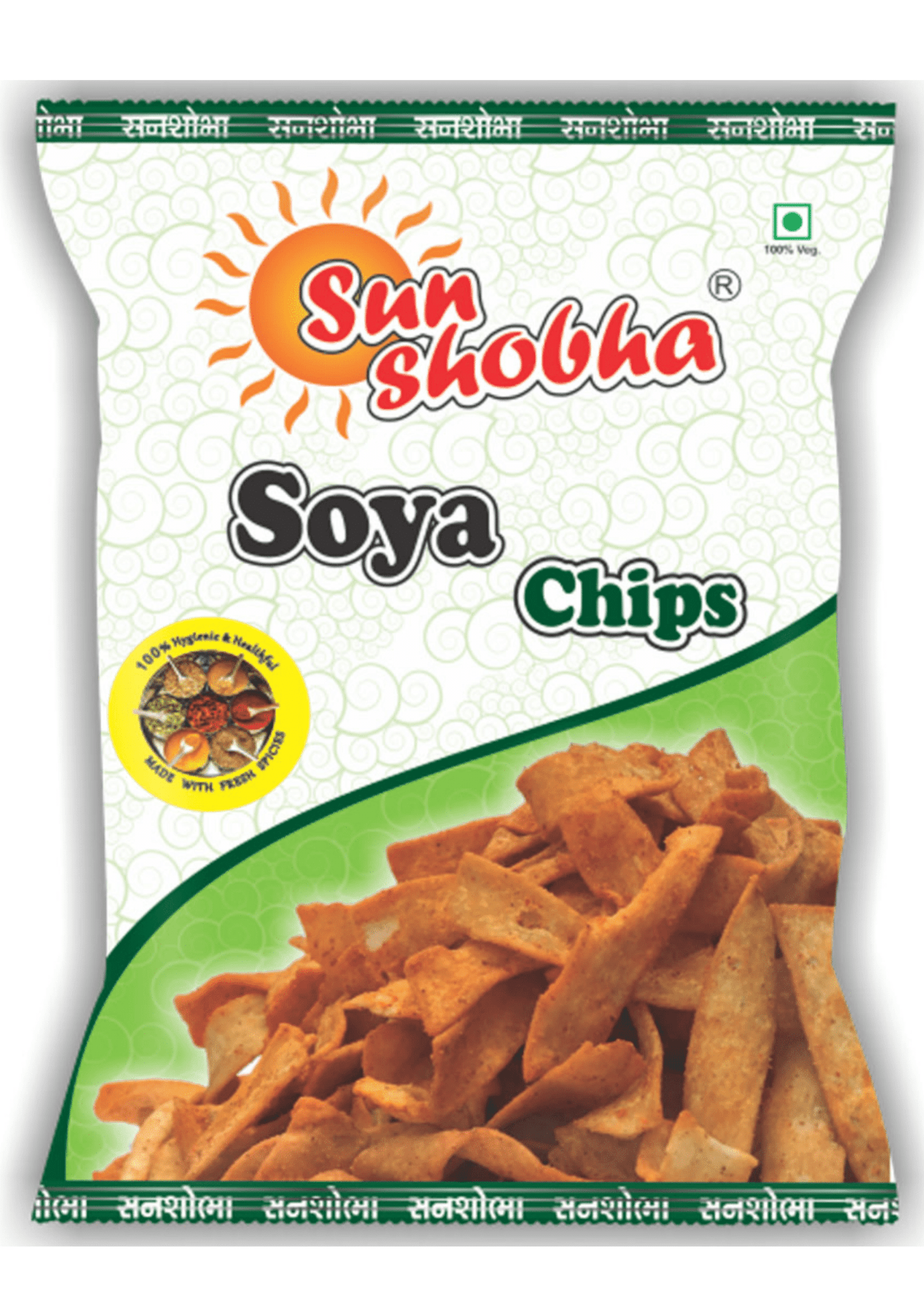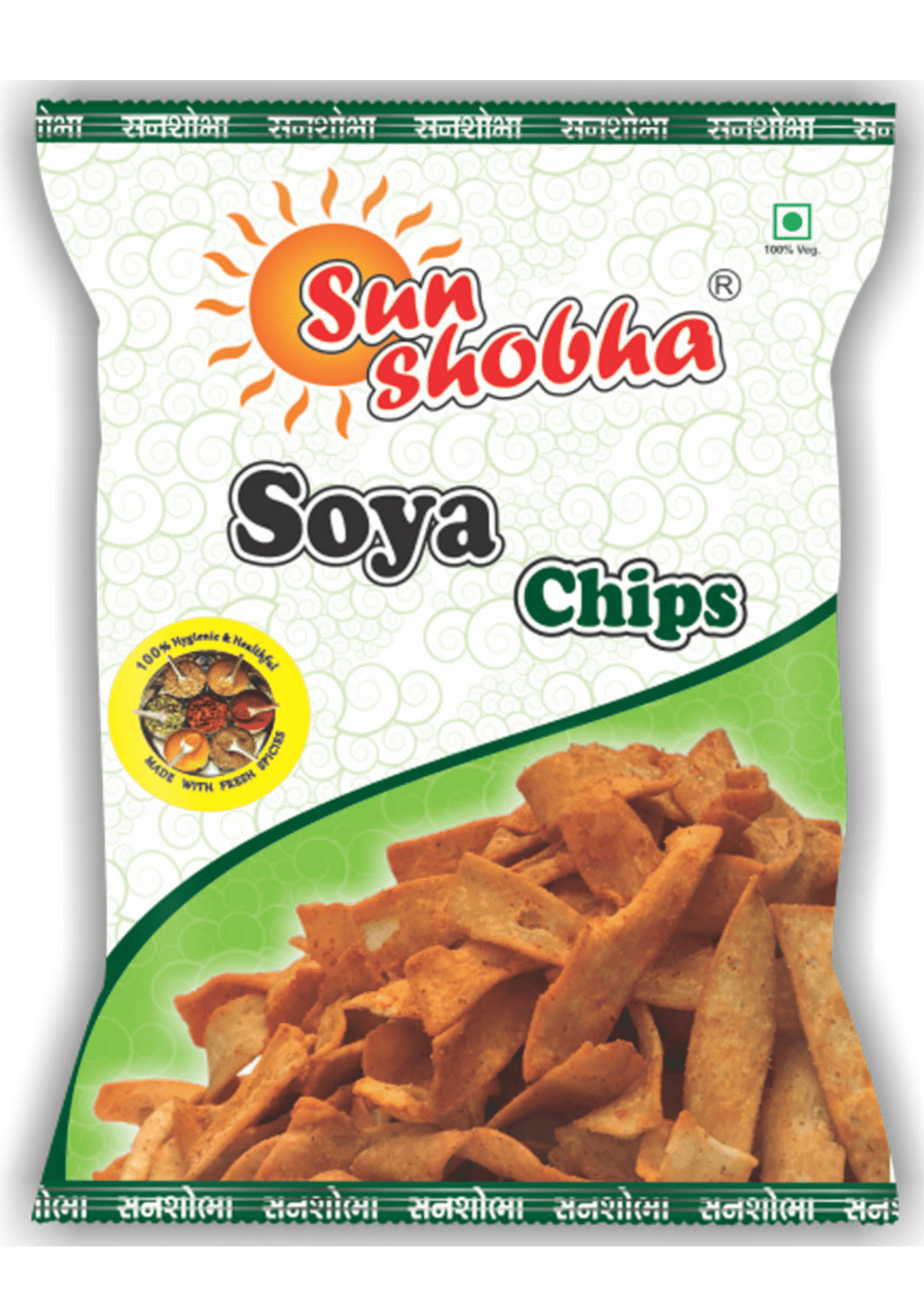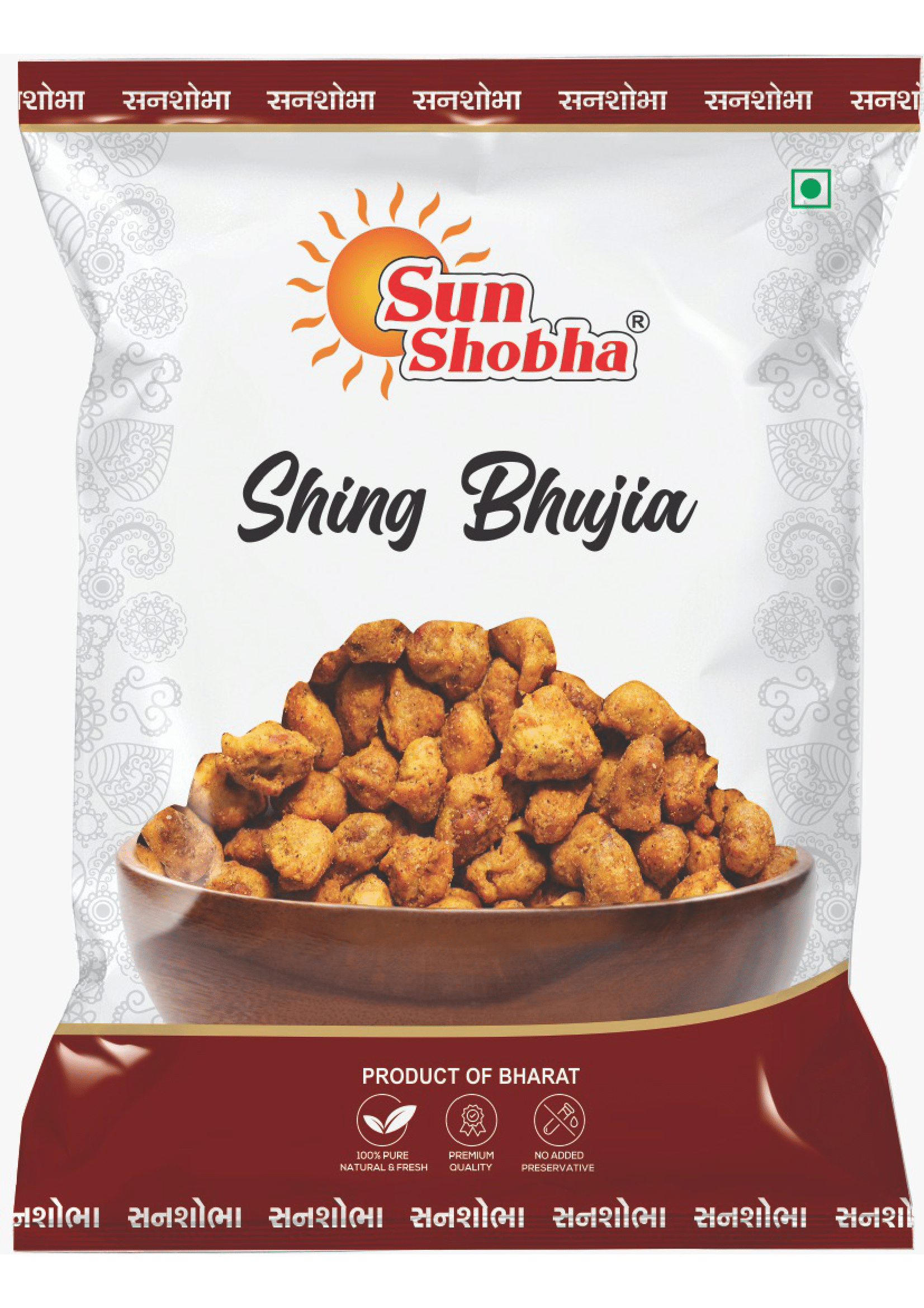Sev Manufacturing
Sev, a popular Indian snack, is a crunchy, savory, and often spicy food item made from chickpea flour (besan). It is typically used as a topping for various dishes, including chaats, or eaten as a standalone snack. Sev manufacturing is a process that involves the preparation of dough, shaping it into thin strands, and deep-frying them to achieve the desired crispy texture. This process, though seemingly simple, requires precision and attention to detail to ensure consistent quality, flavor, and texture. Below is an overview of the sev manufacturing process, ingredients, and key considerations involved.
1. Ingredients
The primary ingredient for making sev is besan, also known as chickpea or gram flour. Besan is prized for its protein content and fine texture, which helps in making sev crisp. Other ingredients include:
- Water: To bind the flour into a dough.
- Oil or Ghee: Both are used for deep frying and also sometimes mixed into the dough for added richness.
- Spices and Seasonings: These vary based on the type of sev. Common spices include turmeric, salt, chili powder, carom seeds (ajwain), and sometimes black pepper. Some varieties of sev are flavored with additional ingredients like garlic or herbs to create distinct flavors.
2. Manufacturing Process
Sev manufacturing can be broken down into several key stages, from dough preparation to packaging.
A. Dough Preparation
The process begins with mixing besan with spices, oil, and water to form a pliable dough. The consistency of the dough is crucial – it should be neither too stiff nor too soft. The dough must be kneaded properly to achieve a smooth texture, ensuring that it can easily pass through the extruder or sev machine.
B. Extrusion
Once the dough is ready, it is loaded into a sevaiyan machine or an extruder with specific nozzles that determine the thickness of the sev strands. The dough is pressed through the extruder, forming thin strands. The thickness of the sev can vary depending on the desired type, ranging from very fine sev (used as a garnish for dishes) to thicker varieties (used for snacks like bhujia).
C. Frying
The extruded strands of dough are then deep-fried in hot oil, typically at temperatures between 170°C and 180°C. The frying process needs to be closely monitored to ensure that the sev is evenly cooked and attains the right level of crispiness. The strands should not stick together, and the frying time is crucial to ensure that they do not absorb excess oil. Depending on the thickness of the sev, the frying time may vary, with finer sev taking less time to fry than thicker varieties.
D. Cooling and Seasoning
Once the sev is fried, it is removed from the oil and allowed to cool. It is important to let the sev drain properly and cool in a dry environment to maintain its crisp texture. After cooling, additional seasonings, such as salt or chat masala, may be added depending on the flavor profile desired. This is the stage where special variations of sev, like garlic or spicy sev, may get their distinct taste.
E. Quality Control
Quality control is essential in the manufacturing process. Sev should be uniform in shape, crisp, and free of excess oil. The color should be golden, indicating that it has been fried evenly without burning. The seasoning must be consistent across batches. Many manufacturers use automated quality control processes to ensure uniformity and food safety standards.
3. Packaging
After cooling and quality control, the sev is ready for packaging. Depending on the scale of production, this step can either be done manually or with the help of automated machinery. Sev is usually packaged in airtight containers or bags to preserve its freshness and crunch. Special packaging methods, such as vacuum sealing or using inert gases, are sometimes employed for large-scale manufacturing to extend the product’s shelf life.
4. Types of Sev
Sev comes in various types, based on the thickness of the strands and the seasoning used. Some popular varieties include:
- Fine Sev: Very thin and used as a garnish for dishes like chaat.
- Thick Sev: Used as a standalone snack, often spicy.
- Garlic Sev: Infused with garlic for an added flavor punch.
- Sweet Sev: A less common variant, where sev is sweetened for festive occasions.
5. Challenges in Sev Manufacturing
Maintaining consistency in sev production is critical. Variations in temperature, dough consistency, or frying time can lead to soggy or uneven sev. Moreover, maintaining hygiene and food safety standards is of utmost importance, particularly for large-scale production, to ensure the product is free from contamination and safe for consumption.
Conclusion
Sev manufacturing is a time-honored process that requires careful attention to ingredients, technique, and quality control. Whether it’s a small-scale home-based operation or a large factory, producing sev involves blending tradition with modern manufacturing techniques to create a snack that is enjoyed by millions across India and beyond.







